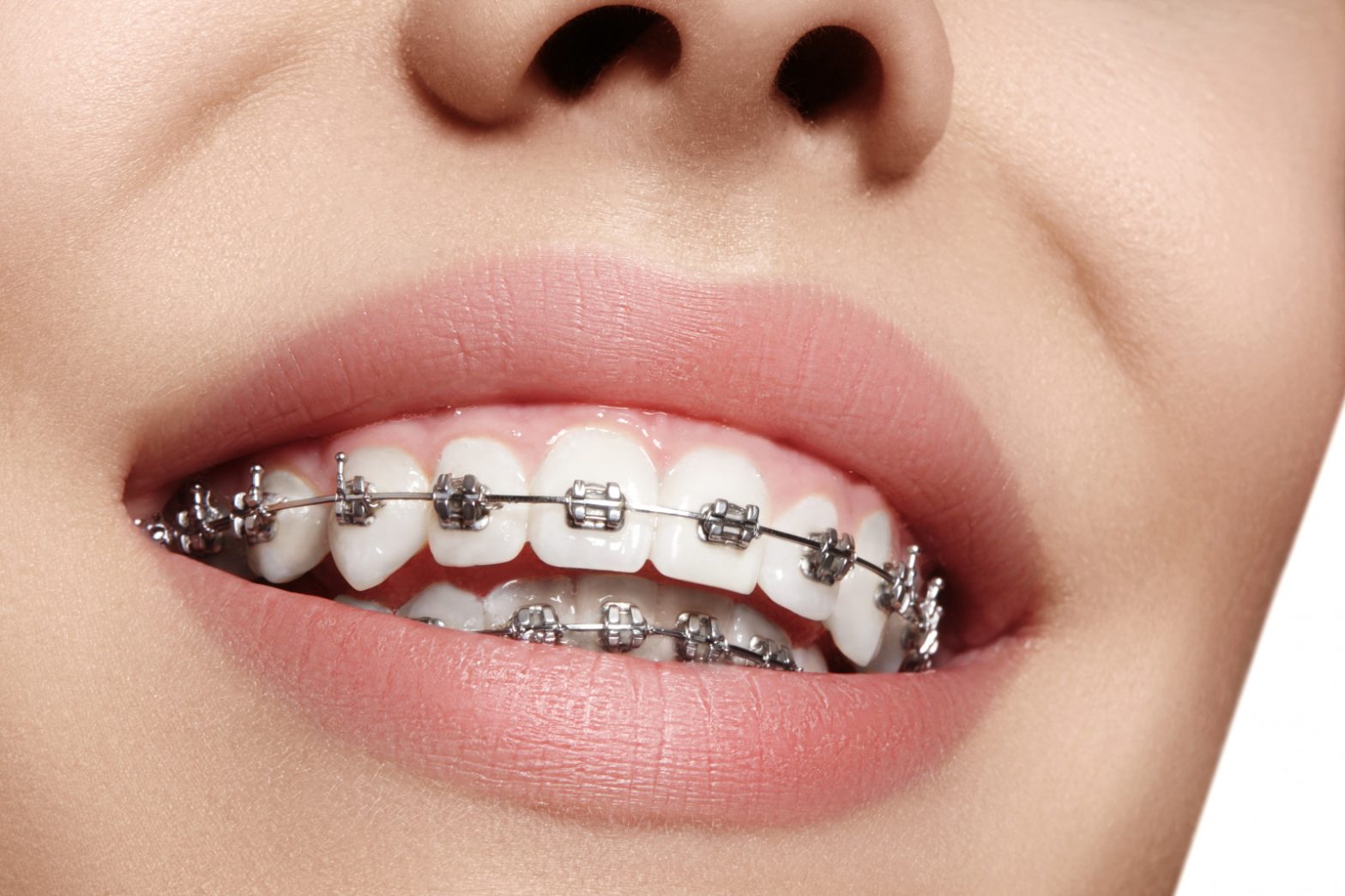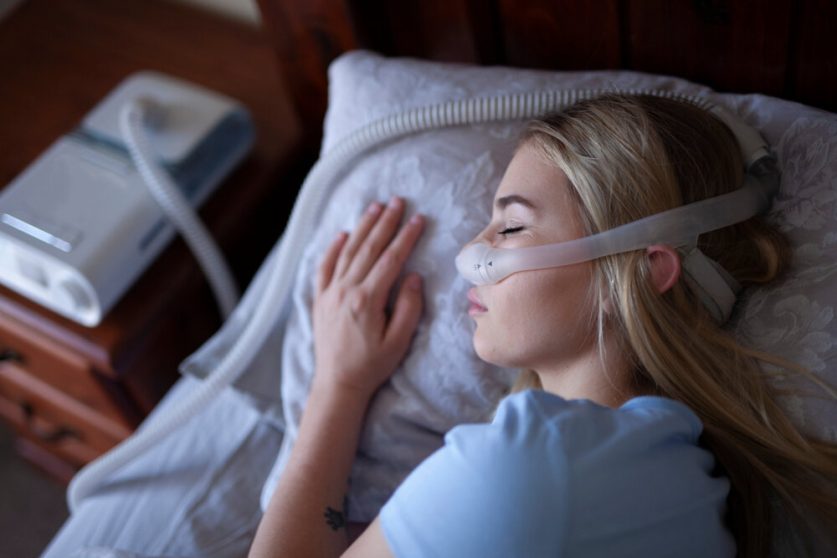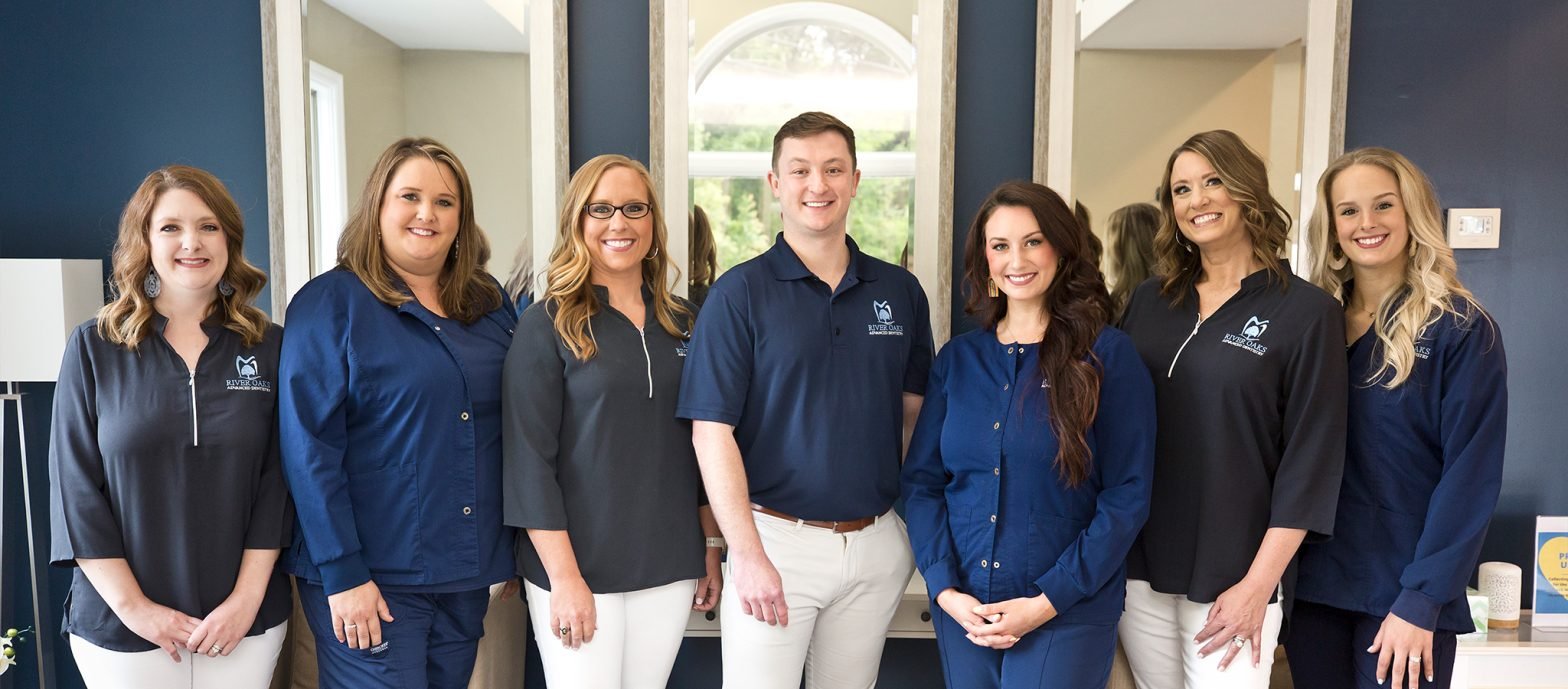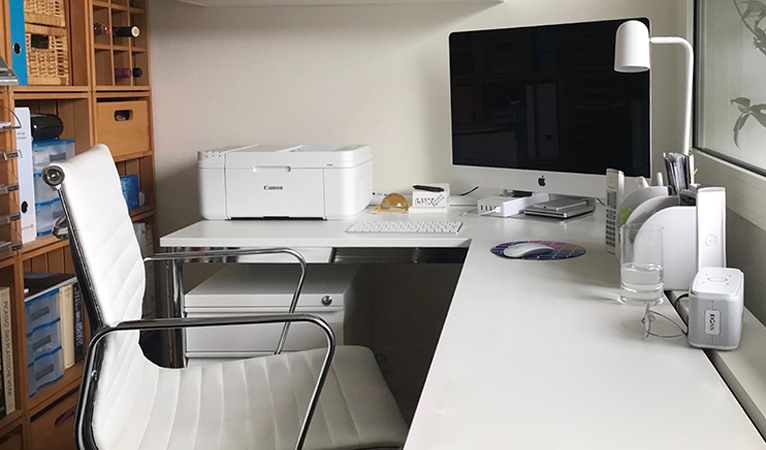Why Should You Not Avoid Varicose Veins Treatment?
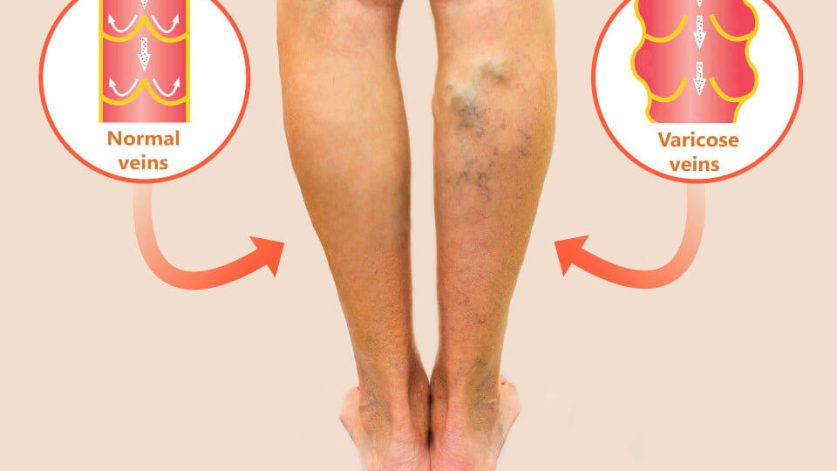
Varicose veins that are not treated can cause severe pain and can cause damage other body parts. Painful varicose veins can indicate a more severe problem, such as a blood clot, an open sore, or a skin infection.
If you are suffering from a varicose vein that is evolving more pain in your legs, it can indicate that you may have a severe problem, and you should treat it. Visit your doctor or a vein specialist if you have painful varicose veins.
Because painful varicose veins can get worse with time and, if not treated on time, can develop more complications as they worsen.
What is a vein doctor called? Or "What kind of doctor is a vein specialist?" is a vein specialist who treats diseases like varicose veins and spider veins.
You may have the following issues if you don't treat varicose veins:
Leg Swelling –
Leg swelling happens when the blood fluid leak into the surrounding tissues and increases pressure in veins. A tight feeling in your skin or an imprint left on your skin after taking off your socks or shoes are symptoms of swelling. In more severe cases, your shoes will not fit you, and your leg may have swelling.
Even a clear or yellowish fluid may come out from the skin. Your doctor will suggest leg elevation, compression stockings, and specialized elastic socks that may help you to ease down the painful symptoms. You may notice changes in the skin, such as hardness or skin discoloration. You should consult your specialist if you see such adaptations in your leg.
Skin ulcer:
Swelling in the legs brought on by varicose veins will ultimately lead to changes in the skin. Your skin may grow thinner when this happens. The enlarged tissue's the potential to restrict the passage of nutrients and oxygen that promote healing to the damaged tissue. Ulcers that don't heal, inhibiting recovery. One of the main treatments for these non-healing ulcers is to reduce the swelling.
Skin Disease
The body does not work correctly, and the natural defense against infection is hampered when the tissues are stretched due to edoema.
Bacteria often found on our skin can penetrate the body and cause cellulitis, a skin infection. There will typically be a distinct region of redness and warmth, and this can cause more swelling. Skin infections must be treated with medication. Additionally, reducing the swelling may aid in the infection's recovery.
Bleeding
A larger-than-normal amount of blood in varicose veins sits below the skin's surface. If the vein is hit or cut, there can be a significant amount of bleeding, more than you would typically expect. Or, if the skin isn't damaged, there may be different bruising. It can also take longer than usual for bleeding to stop if the injury is significant.
Deep Vein Thrombosis
Deep vein thrombosis is a deep medical condition that you should treat. For patients who develop blood clots in varicose veins, the blood clots will form more seriously deeper in the veins.
Your leg may become swollen, warm, red, and painful. The treatment of this disease is necessary because if the blood clots leak, it may lead to lung disease and can cause a lung embolism.
Conclusion:
Talk to your doctor if you have painful legs, swelling, or red and warm legs. What is the latest treatment for varicose veins? There are many less invasive options to treat varicose veins. Discuss with your doctor to learn more.
RECOMMENDED FOR YOU
Things To Avoid After Teeth Whitening.
June 9, 2023
What Is Smile Makeover And Its Benefits?
June 8, 2023


